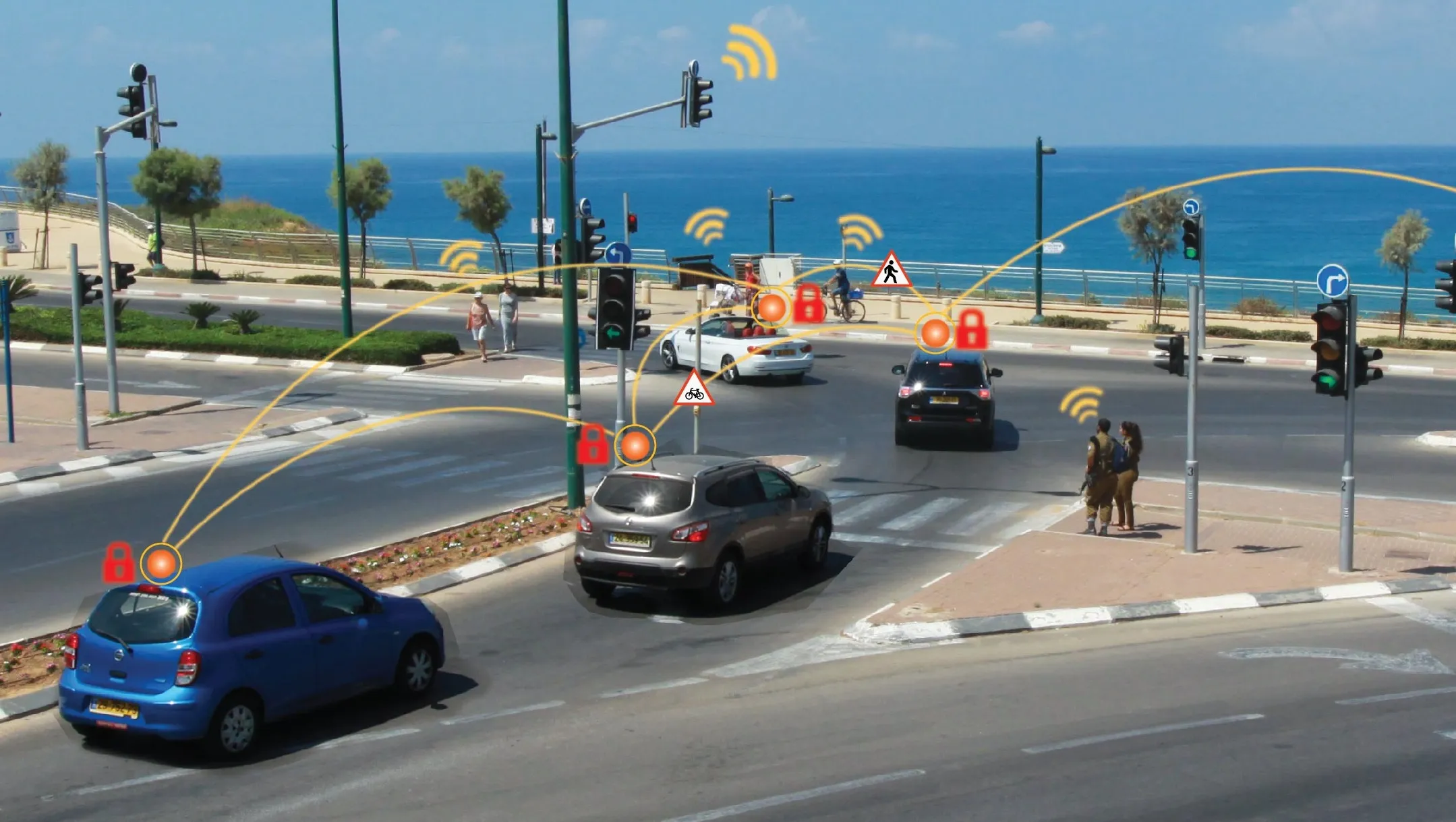In a letter to
“Despite the EC’s stated commitment to technology neutrality, we are very concerned about the progressing Delegated Act,” the NGMN letter says.
“At the current time, it rules out the most recent technology, C-V2X, favouring a specific and single-purpose Wi-Fi based technology path, ITS-G5, which has no relationship to 5G technology and no evolutionary path towards compatibility with future 5G based C-ITS systems generations.”
This will preclude “the evolution to 5G for connected cars”, it warns. “Limiting C-ITS deployment to ITS-G5 would imperil the European Union automotive industry’s ability to compete in today’s global and evolving technological marketplace. This places Europe at a technical and economic disadvantage compared with other regions of the world including China and the US, where C-V2X is emerging as a strong technology candidate for C-ITS.”
The NGMN board says that Delegated Act adoption “should not be rushed” and adds that C-V2X is not only able to enhance safety features for vehicles, but also supports use cases for vulnerable road users such as cyclists.
“NGMN has investigated and concluded that C-V2X technology is superior to
The board believes its favoured technology has a better communication range, latency and scalability and “has a natural evolution path to future advanced applications by updating current networks to 5G”.
NGMN calls on EC to rethink connected car technology
An organisation representing telecoms network operators has warned European lawmakers that their vision for the development of cooperative ITS (C-ITS) risks being too narrow.
In a letter to European Commission president Jean-Claude Juncker, the board of the NGMN Alliance highlights a key piece of EC legislation which will determine the technologies used for connected vehicles – and urges the inclusion of cellular-V2X (C-V2X) on the list.
“Despite the EC’s stated commitment to technology neutrality, we
December 12, 2018
Read time: 2 mins
An organisation representing telecoms network operators has warned European lawmakers that their vision for the development of cooperative ITS (C-ITS) risks being too narrow.








